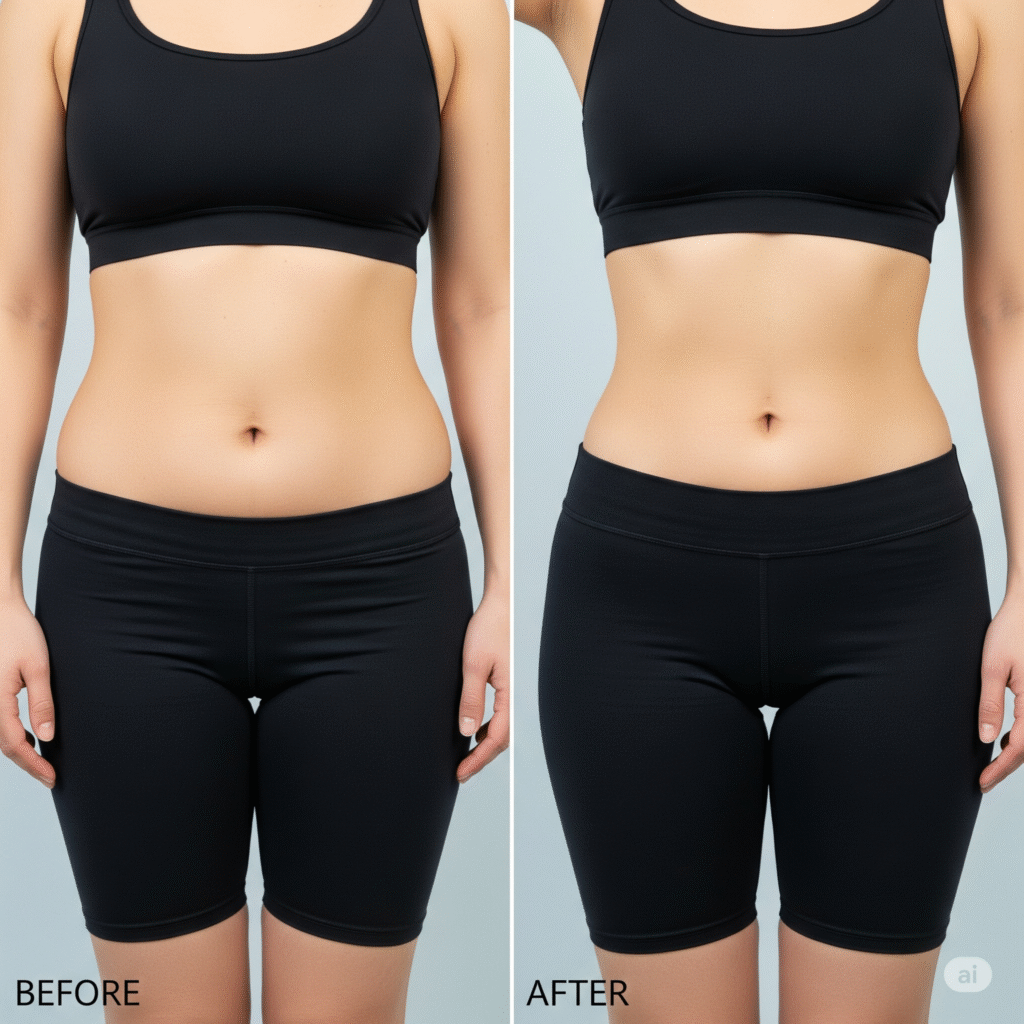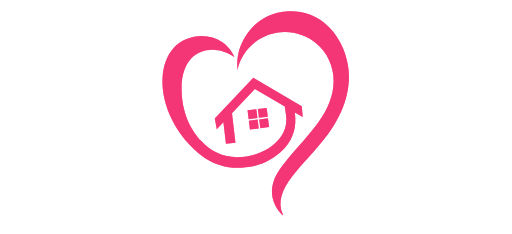Liposuction is consistently one of the most popular cosmetic procedures performed worldwide, offering a powerful solution for removing stubborn pockets of fat that don’t respond to diet and exercise. If you’ve ever felt frustrated by localized fat deposits on your abdomen, thighs, or arms, you may have considered this body contouring treatment. This comprehensive guide is designed to provide you with expert, trustworthy information to help you understand the procedure, manage your expectations, and decide if liposuction is the right step for your personal goals.

What Exactly is the Liposuction Procedure?
Liposuction, also known as lipoplasty or “lipo,” is a surgical procedure that uses a suction technique to remove fat from specific areas of the body. It is crucial to understand that liposuction is a body contouring tool, not a weight-loss method. Its purpose is to sculpt and reshape areas by eliminating localized fat deposits, thereby improving your body’s proportions and contours. It is most effective for individuals who are at or near their ideal body weight but struggle with disproportionate fat distribution.
Common treatment areas include:
Abdomen and waist
Hips and buttocks
Thighs (inner and outer)
Upper arms
Back and chest area
Chin and neck
Who is an Ideal Candidate for Liposuction?
Determining if you are a good candidate is the most important first step and requires a consultation with a board-certified plastic surgeon. However, ideal candidates for liposuction generally share several key characteristics. This procedure delivers the best results for individuals who:
Are within 30% of their ideal body weight with firm, elastic skin and good muscle tone.
Have localized pockets of fat that are resistant to diet and exercise.
Are in good overall health without life-threatening illnesses or medical conditions that can impair healing.
Are non-smokers, as smoking can significantly compromise the healing process.
Have realistic expectations about what the procedure can achieve.
What are the Different Types of Liposuction?
Technology has advanced significantly, and today there are several different liposuction techniques available. The best method for you depends on your specific goals, the area being treated, and your surgeon’s recommendation. Here are some of the most common types.
Tumescent Liposuction?
This is the most common form of liposuction. It involves injecting a large amount of a medicated solution (a mixture of saline, a local anesthetic, and a vessel-constrictor) into the fatty areas before the fat is removed. This solution helps to numb the area, control bleeding, and make the fat easier to suction out.
Ultrasound-Assisted Liposuction (UAL)?
UAL uses ultrasonic energy to liquefy fat cells, making them easier to remove. This technique is particularly effective for denser, more fibrous areas of the body, such as the upper back or male chest.
Laser-Assisted Liposuction (LAL)?
Techniques like SmartLipo™ use laser energy to liquefy fat before it is suctioned out. A key benefit of LAL is that the heat from the laser can help stimulate collagen production, which may result in tighter, firmer skin in the treated area.
What Can You Expect During Recovery After Liposuction?
Understanding the recovery process is vital for setting realistic expectations. While recovery varies for each individual, a general timeline can help you prepare for the healing journey.
The First Few Days?
Immediately following the procedure, you will experience swelling, bruising, and soreness in the treated areas. Your surgeon will provide a compression garment to wear, which is essential for minimizing swelling and helping your skin conform to its new contours. Pain can be managed with prescribed medication.
The First Few Weeks?
Most patients can return to a desk job and light activities within a few days to a week. Strenuous exercise should be avoided for at least three to four weeks. Swelling will gradually subside, but some may persist for several weeks or even months.
Long-Term Results?
While you will notice an immediate improvement in your body shape, the final results will become fully apparent after the swelling completely disappears, which can take up to six months. The fat cells removed during liposuction are gone permanently. However, it’s essential to maintain a stable weight through a healthy lifestyle to prevent the remaining fat cells from enlarging.
Is Liposuction Safe? Understanding the Risks
Like any surgical procedure, liposuction carries potential risks. While complications are rare when the procedure is performed by a skilled, qualified surgeon, it’s important to be aware of them. Risks can include infection, scarring, contour irregularities, or changes in skin sensation. The single most important factor in ensuring your safety is your choice of surgeon. Always select a plastic surgeon who is certified by a reputable board, and who operates in an accredited surgical facility.
Liposuction can be a transformative procedure that helps you achieve the body contours you’ve been working toward. By providing your body with a more proportionate and sculpted appearance, it can significantly boost your confidence. The key is to approach it with a clear understanding of the process, realistic goals, and the guidance of an experienced professional. If you believe you are a candidate, the next step is to take action.



